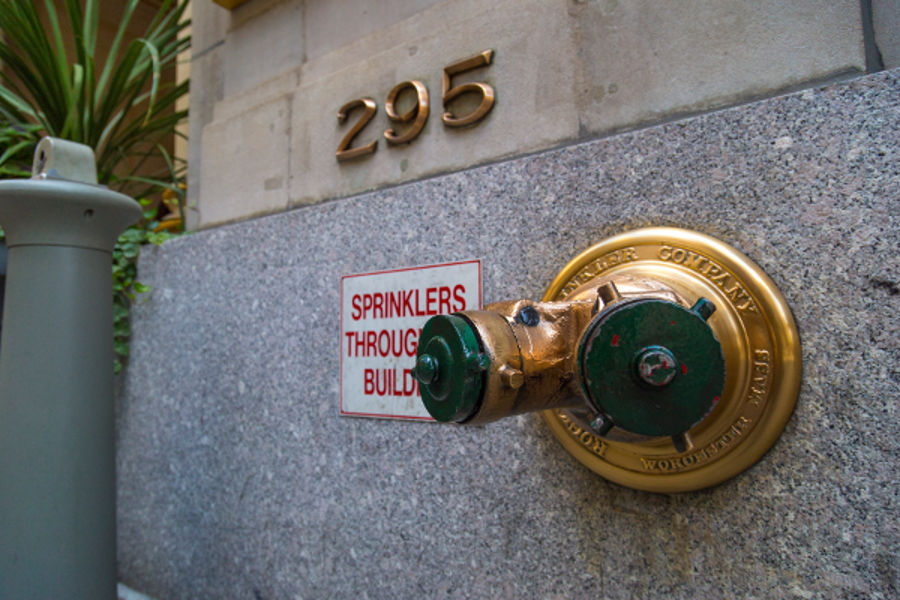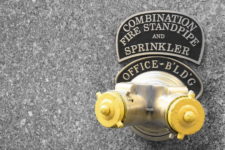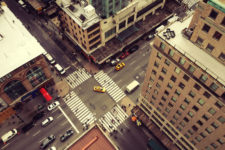While it was introduced in 2004 (hence the name 26/04), some of the provisions for Local Law 26/04 are coming due this July and in July 2019. The team at New York Engineers created a series of blog posts highlighting the most critical points of this law, put into effect via recommendations of the World Trade Center Building Code Task Force. Here’s a roundup of their analysis, plus recommendations on how to stay compliant:
Does Local Law 26 of 2004 affect your building?
One of the biggest components of the new regulation introduced mandatory sprinkler system installations for buildings at least 100 ft. high that were classified as business group occupancies. Chelsey Bipat of New York Engineers explains how these buildings were previously classified as Group E when the law was first published, but currently part of Group B occupancies. She also notes that there are two possible exemptions where this requirement may be waived:
- Interior landmarks where installation is unfeasible without dramatically altering the building
- Buildings with structural conditions where sprinkler installation is impractical
Basically, if your building is at least 100 feet tall and a Group B business occupancy (including office buildings, as noted by New York Engineers), you’ll have to comply with this requirement.
At this point, compliance involves submitting an interim installation plan on July 1, 2018 if your building hasn’t already installed sprinklers and submitted a final certification of the same. The 14-year plan must contain a certification by an architect or engineer listing the percentage of the building where sprinklers are installed, and an implementation plan detailing how and when the remaining portions of the building will be fully compliant. Full compliance is due by July 1, 2019. You can read the full text of the law outlining the differences between filings here.



